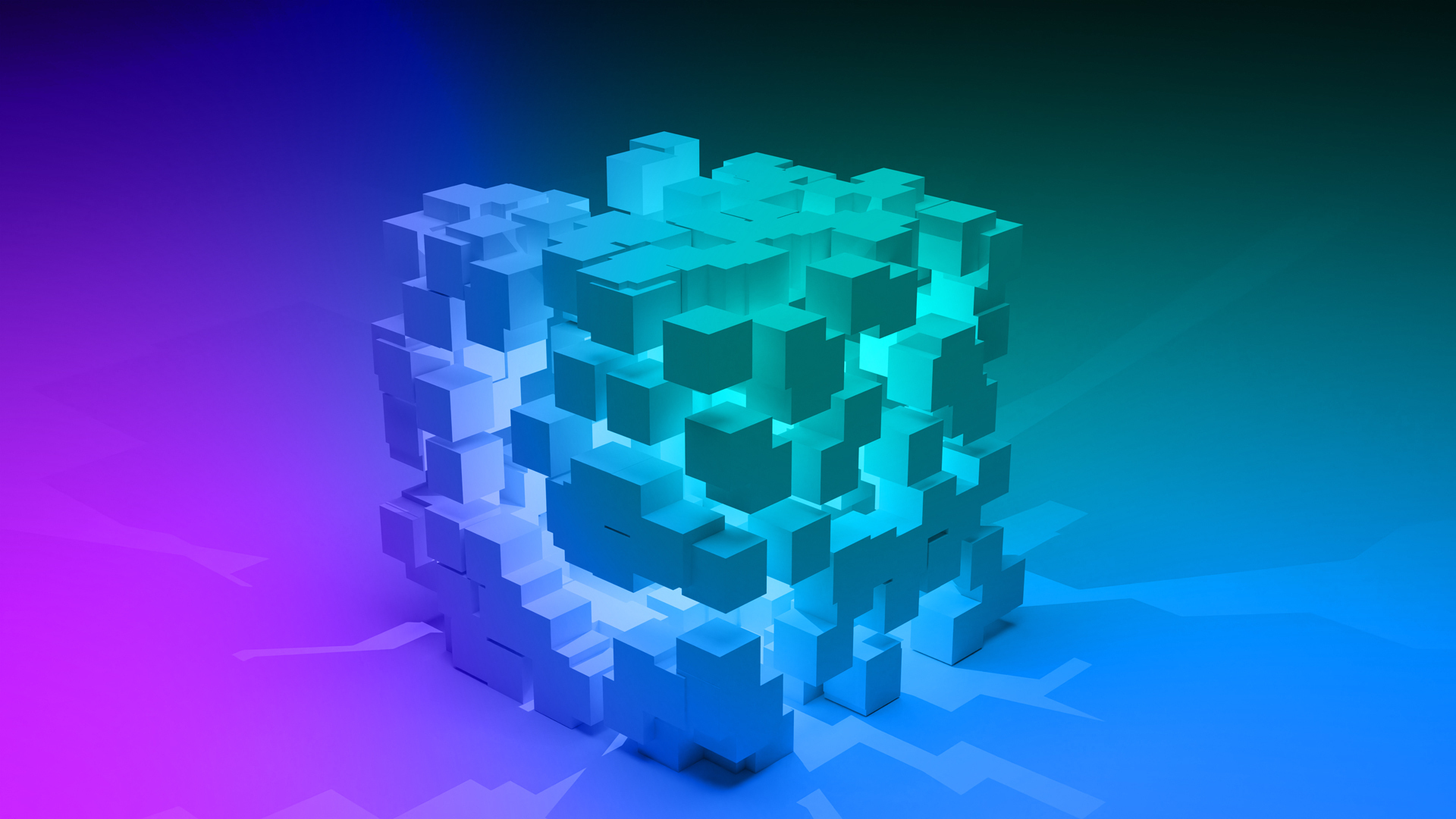At their core, blockchains are ledgers. But let’s rewind.
Over 5000 years ago, Sumerians recorded their data through the use of pictograms on clay tablets. This was the first time humans were able to record data outside of their own memory, and allowed small villages to expand into cities and countries and empires. The ability to keep track of numbers has continued to grow as a core component of our societies.
Around 600 years ago, the much more advanced double-entry accounting system became popular, and is still used today. Though, of course, in the mid-1300s the data would have been recorded on paper with ink as opposed to the efficient, purpose-built digital apps of today.
The double-entry system allows users to record every transaction in terms of debit and credit, which essentially means the transactions are written from two different perspectives. This allowed for simpler financial reconciliation between two ledgers, belonging to separate individuals or businesses.
Eventually, this concept gave rise to the invention of banks, originally led by the Medici family. Put simply, the Medicis asserted that the bank would operate as a central ledger, acting as a ‘middle man’ between two parties and developing a system of trust. All in exchange, of course, for a fee.
There has been a clear evolution from the elementary clay tablet to a robust, powerful central ledger. And if history has taught us anything, evolution doesn’t stop.

What’s the next step?
Distributed Ledger Technology (DLT) is widely regarded as the next development in the line of ledgers and databases. The word ‘distributed’ describes the way a copy of the database is shared between every participant, meaning they can all verify the information added to it. There are many examples of DLTs, but blockchain is perhaps the most well known.
Armed with the above knowledge, we can understand that a blockchain is a distributed ledger which keeps its information stored in “blocks”. Information is filed away in an individual block, and when the block is full, it is closed and linked to a chain of previously filled blocks. This provides users with a timeline of data.
You may have heard blockchains referred to as being “decentralised”, meaning all participants in the ledger have equal rights and there is no central party presiding over transactions. In truth, blockchains are not decentralised by nature, though they do often make use of decentralised networks. Bitcoin is an example of a network which uses blockchain in a decentralised way. This means that all entries are permanent, and viewable to anybody who wants to look.

If a network is decentralised, how is it regulated?
As well as viewing, anyone is able to add to a decentralised blockchain like Bitcoin. In this instance, the information placed in the individual blocks is in the form of transactions. Anyone can make a transaction to add to the Bitcoin blockchain, but to avoid false entries, the transaction must first be validated.
To validate a transaction, a system is used called Proof of Work (PoW). This ensures transactions are not false or manipulated. In Bitcoin, complex mathematical problems must be solved before a block can be added to the blockchain. The “miner” who solves a problem is rewarded with bitcoins.
This is a decentralised way of verifying transactions, and while it takes a lot of time, equipment and therefore energy, it offers a high level of security. In short, the point of blockchain is to allow digital data to be recorded, distributed and viewed, but not edited.

What else are blockchains used for?
Non-fungible tokens (NFTs)
Fungible means replaceable, so non-fungible means irreplaceable. For example, I could give you a £1 coin in exchange for another £1 coin, and the value would be exactly the same, so £1 coins are fungible. If we exchanged Pokemon cards, which have individual qualities such as health points or powers, each of us would receive something completely different. These are non-fungible, as the different attributes cause the value of the cards to change. Whilst these examples are physical, the same concept applies to digital tokens. Bitcoins are fungible. A plane ticket contains specific information and data, so is non-fungible.
An NFT is similar to a plane ticket in that it contains specific information. They’re designed to give you ownership of something digital, such as music or (most popularly) digital artwork. Whilst others are still able to download and distribute copies of the artwork, you are the only one who owns the original copy.
Ownership of an NFT is recorded in a blockchain through the same process as any other transactions – a new block is created, and then the data is validated and recorded. This means ownership can be easily proven, no one can manipulate it, and you can sell it whenever you wish.
Smart contracts
NFTs make use of smart contracts, which in turn make use of blockchain. Smart contracts are programs which are stored on a blockchain in code and automatically run when certain conditions are met. Most commonly, they’re used to carry out a contract without requiring a third party’s involvement.
In the context of NFTs, a smart contract will require funds to be released before ownership of the NFT is transferred. Once the transfer of funds has been verified, the NFT is transferred to the new owner, and the transaction is recorded in the blockchain.
Smart contracts are also used to increase transparency of the supply chain between various entities which increases trust and makes the entire process more efficient and secure. They also decrease costs, as companies no longer have to pay intermediaries for time spent handling transactions.
Decentralised Finance (DeFi)
The emerging concept of DeFi uses blockchain in a similar way to cryptocurrencies. It removes the control banks have on money, decentralising the entire system and allowing people and businesses to carry out financial transactions directly through peer-to-peer financial networks.
DeFi is still in the early stages of its development, and still needs a lot of questions to be answered before it can be used. Despite its use of blockchain as its ledger, the decentralised, unregulated nature of DeFi means it still suffers from fraud, hacks and scams.
If these issues can be rectified, however, it will mean users can transfer funds in seconds, 24 hours a day, without any fees charged by banks or other financial entities. Your money would be held in a secure digital wallet, as opposed to banks, and all you need to access it is an internet connection.

What is the future of blockchain?
Right now, blockchain is still relatively new and not yet widely understood by those outside of digital development industries. Despite being in development for decades, the concepts of cryptocurrency, blockchain and NFTs burst onto the mainstream scene in recent years, and so are yet to garner trust in the general population.
However, whilst many technologies which use blockchain are still emerging, blockchain itself is ready for use. It is already used in businesses worldwide, across many different industries, and has the potential to transform the data processes of many more.
Just like how double-entry accounting revolutionised ledger technology for our ancestors, and how pictures on pottery did the same for their ancestors, blockchain is beginning to overhaul our current systems and make them distributed, trusted and secure.
Eventually, blockchain will become so integrated with our current technology that it will become a second thought – of course this system uses blockchain, or this developer knows how to create an app based upon it.
But until that happens, blockchain will be at the forefront of technological innovation, and here at ASPEKT, we’re following it.









